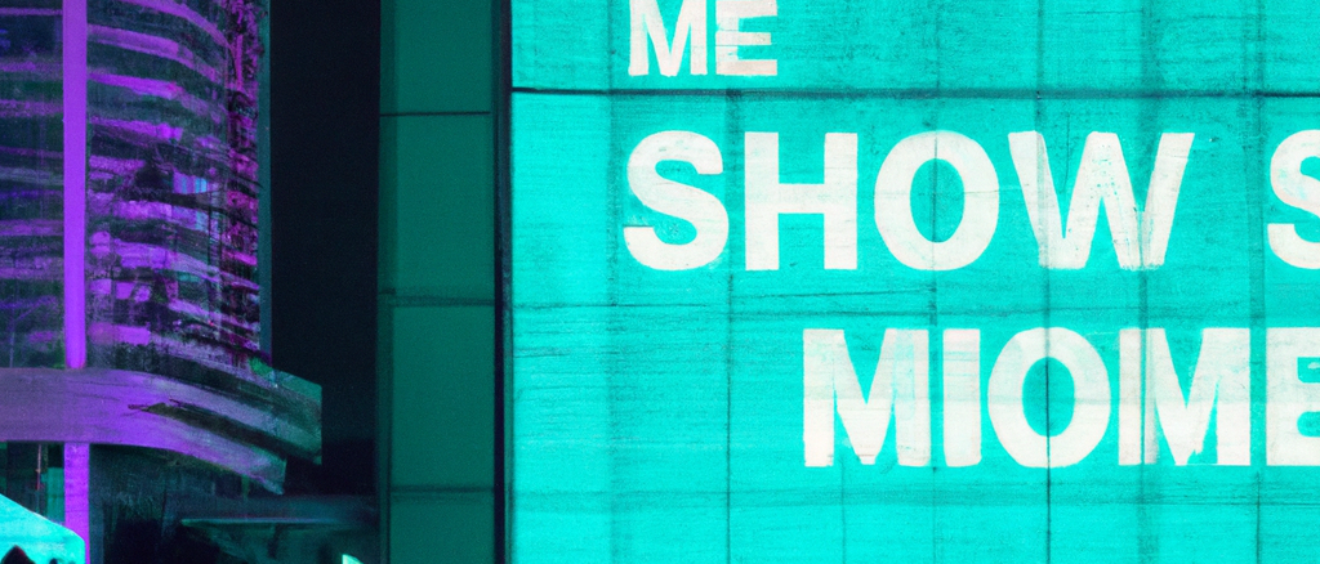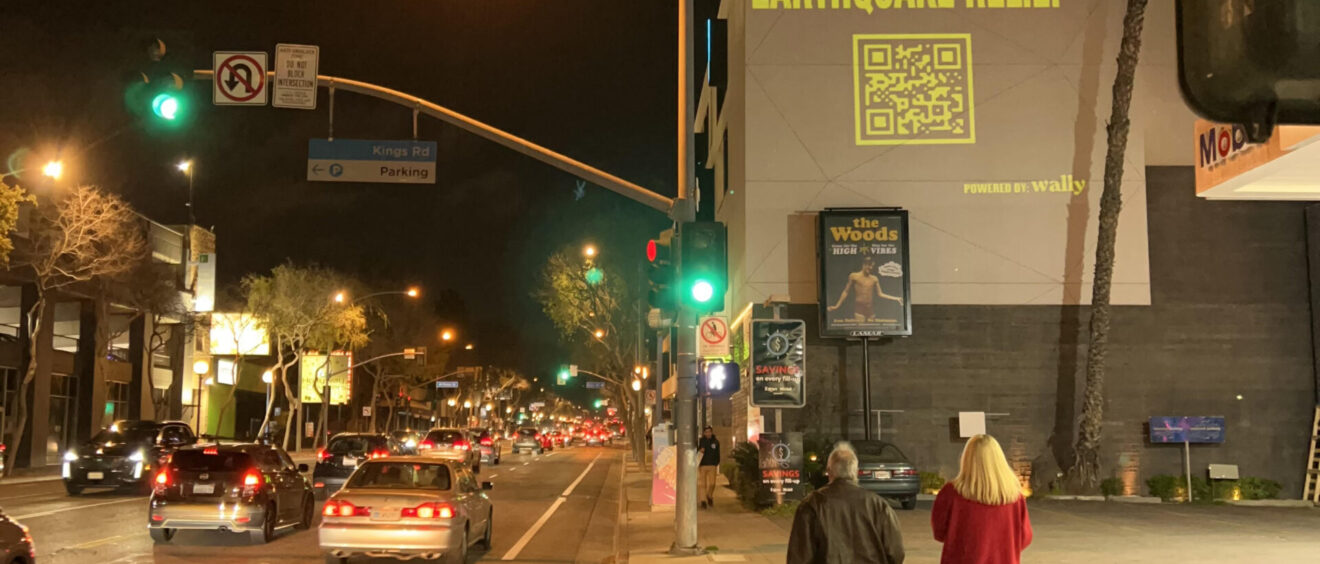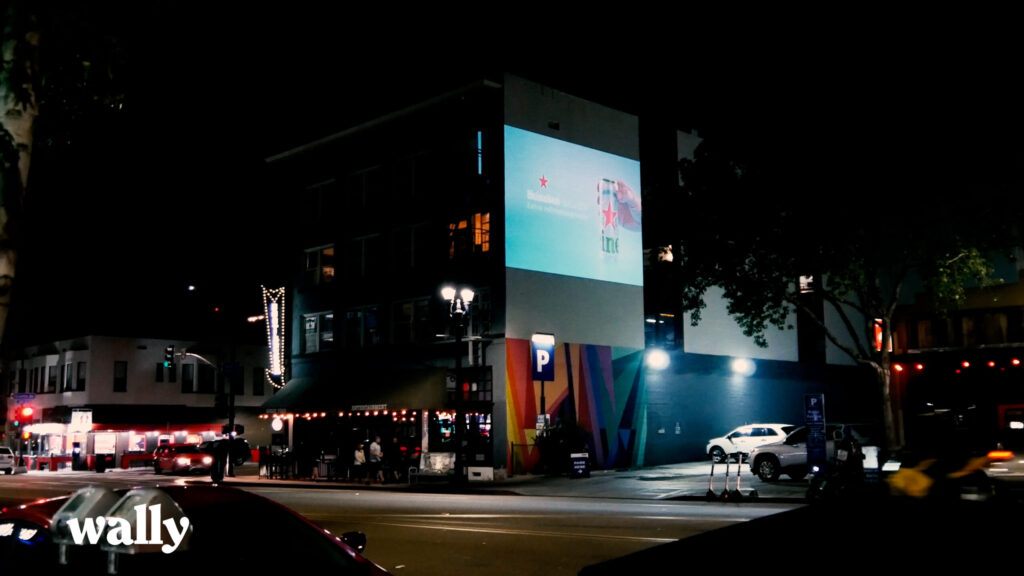Projection advertising, is a form of advertising that uses light projections to display messages and images on buildings, landmarks, and other public spaces. This creative approach to advertising has become increasingly popular over the years, thanks to its ability to capture people’s attention and make a lasting impression. In this post, we’ll explore the effectiveness of projection advertising and how it can benefit your brand.
What is Projection Advertising?
Projection advertising involves projecting images or videos onto the surfaces of buildings, walls, and other public spaces. This form of advertising uses high-powered projectors and specialized software to create dynamic and engaging visual content that is displayed on a large scale. Projection advertising campaigns can range from simple text-based messages to complex multimedia experiences that incorporate sound and interactivity.
The Benefits of Projection Advertising
Projection advertising offers many benefits to brands that want to create a memorable and impactful marketing campaign. Here are a few reasons why projection advertising is an effective way to promote your brand:
- High Visibility: Projection advertising campaigns are hard to miss. They can be seen from a distance and attract attention even from people who are not actively looking for them.
- Creative Freedom: Projection advertising offers brands the opportunity to get creative with their messaging and visual content. The possibilities are endless, from displaying 3D animations to projecting a giant version of your brand’s logo onto a building.
- Flexibility: Projection advertising can be used in a variety of settings, including outdoor events, retail spaces, and public places. This versatility makes it a great option for brands looking to reach a wide audience.
- Cost-Effective: Compared to other forms of advertising, projection advertising can be relatively affordable. With just a few projectors, brands can create a powerful and engaging campaign that generates a lot of buzz.

How Effective is Projection Advertising?
Projection advertising has proven to be an effective way to promote brands and increase brand awareness. Studies have shown that projection advertising can improve brand recall, increase purchase intent, and drive foot traffic to retail locations. Here are a few reasons why projection advertising is effective:
- Novelty: Projection advertising is still a relatively new form of advertising, which makes it more memorable and attention-grabbing than traditional forms of advertising.
- Emotional Impact: Projection advertising has the ability to create an emotional connection with the viewer. By projecting an impactful message or visual content onto a building, brands can elicit an emotional response from their audience.
- Viral Potential: Projection advertising campaigns have the potential to go viral on social media, generating even more exposure and buzz for the brand.

Conclusion
Projection advertising is a creative and effective way to promote your brand and increase brand awareness. By projecting impactful messages and visuals onto public spaces, brands can capture people’s attention and create a memorable experience. With its high visibility, creative freedom, and cost-effectiveness, projection advertising is a great option for brands looking to make a big impact. So, if you’re looking for a new and exciting way to promote your brand, consider projection advertising!




















